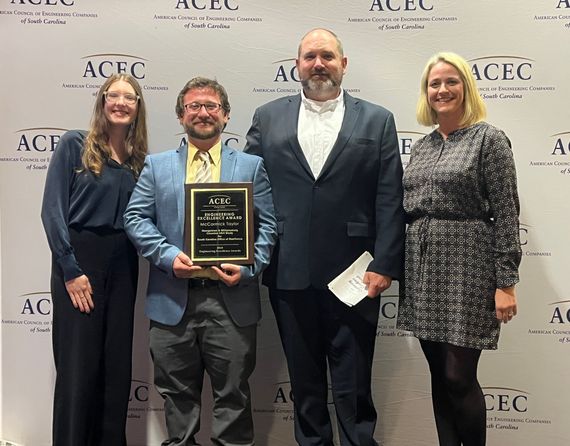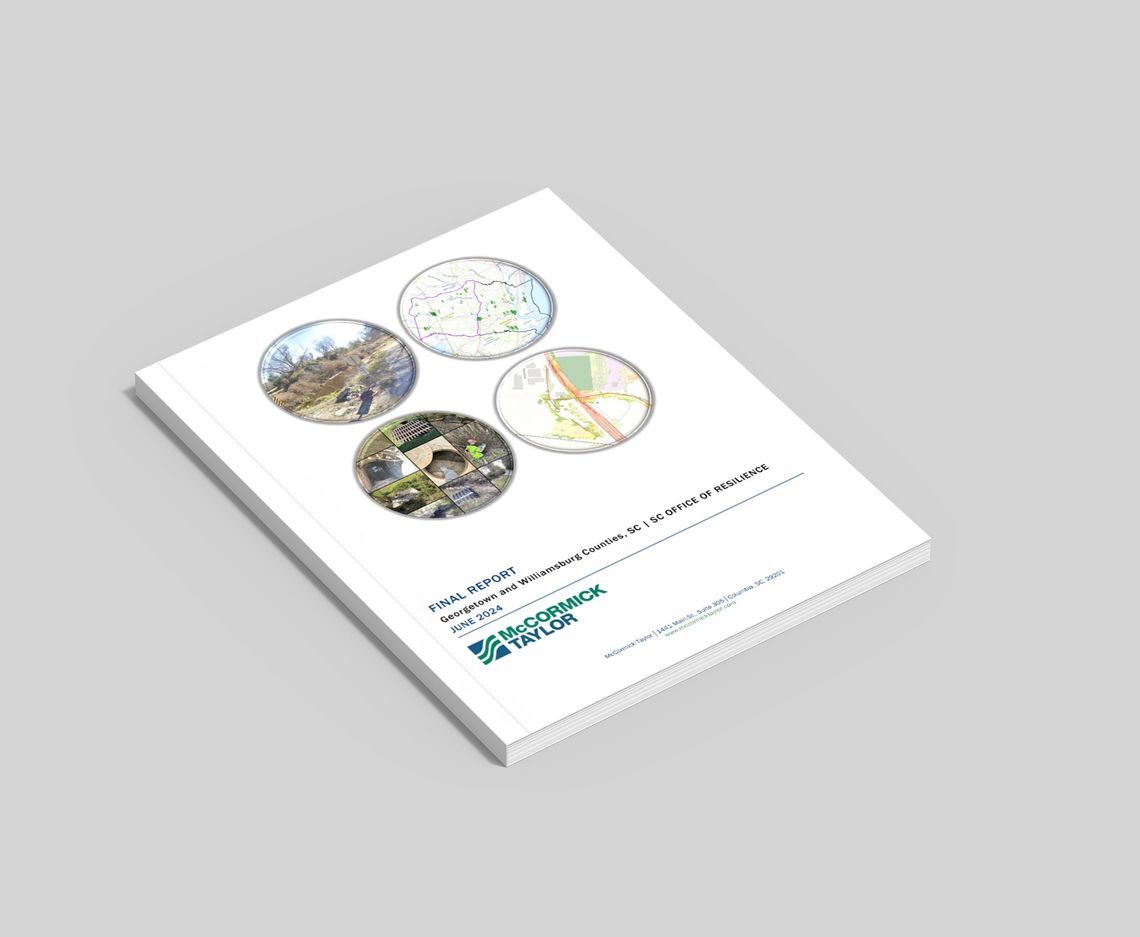
SOUTH CAROLINA OFFICE OF RESILIENCY H&H STUDY
GEORGETOWN AND WILLIAMSBURG COUNTIES, SC
McCormick Taylor completed a hydrologic and hydraulic study within Georgetown and Williamsburg Counties in SC to identify flooding issues, assess existing stormwater systems, develop and prioritize mitigation projects, and establish an implementation strategy for the identified projects.
THE CHALLENGE
The two-county-wide drainage study involved identifying and prioritizing existing drainage issues and developing mitigation projects that could alleviate flooding. The goal was to develop local-scale solutions for existing drainage issues.The breadth of the study area, spanning multiple ecoregions and watersheds, added to the project’s complexity. The project team encountered rural and urban settings, multiple flooding source types, and diverse terrains and ecologies. This required the team to be well-versed in the evaluation and improvement of drainage systems in a wide range of settings.
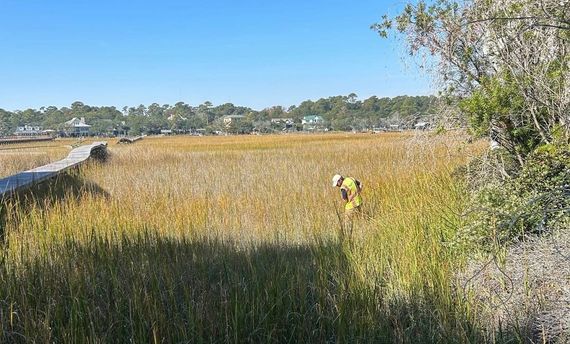
HOW WE HELPED
Working for the South Carolina Office of Resilience (SCOR), McCormick Taylor performed extensive public outreach and stakeholder engagement campaigns to ascertain locations and the nature of known drainage issues. Then, the reported drainage issues were organized into study areas. Study areas were ranked and prioritized based on the nature of the issue. The project team collected field data on drainage assets and developed hydrologic and hydraulic models of the current and future conditions of the study sites. Finally, the team developed mitigation projects based on a 25-year design event with analyses up to the 100-year storm. Implementation hurdles and a full benefit-cost analysis informed the project ranking scheme in the final report.
Several two-dimensional (2D) modeling approaches were utilized, including PC-SWMM for built-infrastructure-related flooding and HEC-RAS(1D or 2D) for areas with riverine flooding. For coastal study areas, compound flooding from both coastal and urban or riverine flooding was modeled using PC-SWMMM.
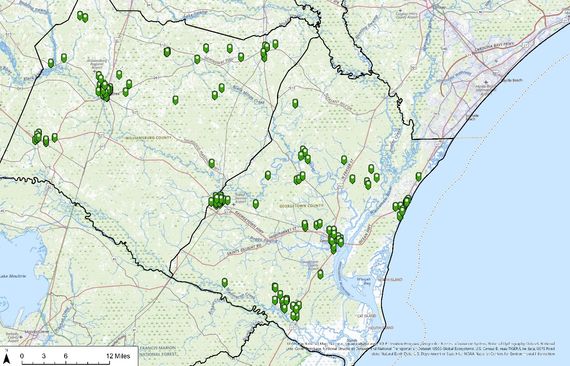
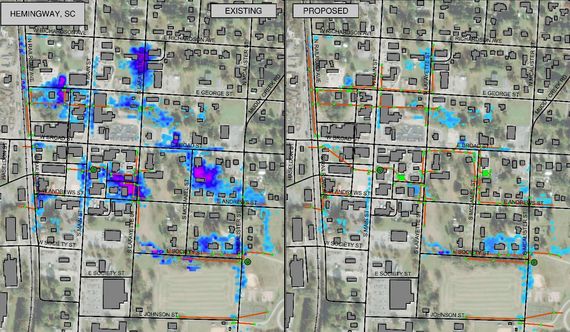
RESULTS
Through the study, McCormick Taylor identified 168 reported drainage issues and inventoried over 3,400 acres using GPS mapping. This included 300,000 linear feet of ditches, 170,000 linear feet of stormdrain pipe, and 25 bridges. For the 60 selected study areas, proposed mitigation projects totaled $147.4 million which could result in a total benefit of $253.8 million in reduced damages to the two-county area. Mitigation recommendations included improved drainage systems, larger culverts and bridges, installation of detention facilities, floodplain restoration, and green infrastructure.
AWARDS
2025 Engineering Excellence Award, ACEC South Carolina
